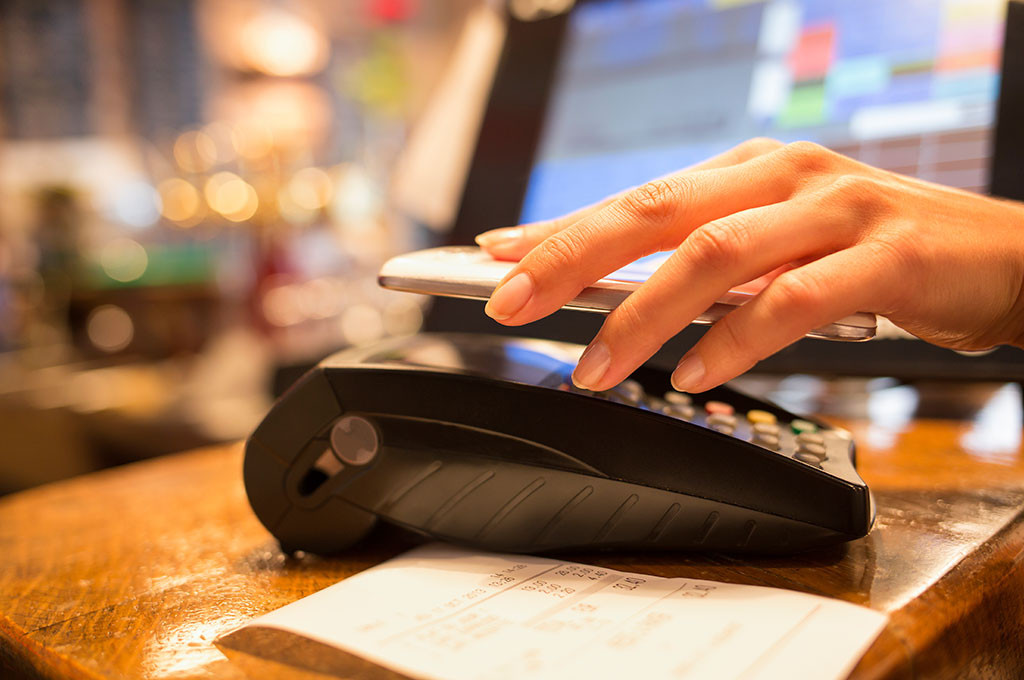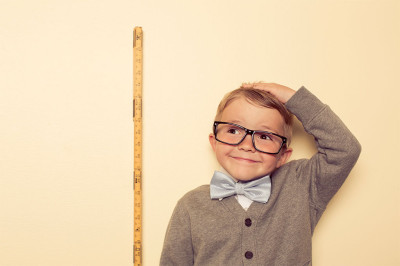Technology is changing the way people shop, and it’s an exciting development both for the customer and the retailer.
Today’s tech-savvy shoppers expect choice, personalization and convenience. And to meet those desires, retailers are getting creative with technology to deliver the goods — whether it is a seller that allows someone to browse online and pick up items at a local store, an apparel company providing virtual ways to try on clothes or glasses, or a grocery store setting up virtual shelves in a railway station.
So-called omnichannel retailing — meeting customers online, on mobile devices and in stores — is here to stay. As a result, the customer gains a personalized, efficient buying experience, and the retailer is able to develop loyalty by providing convenience and maybe even a little bit of novelty:
- Virtual retail spaces make it possible for customers to buy groceries with their smartphone while waiting for a train. Online grocery service Peapod has installed virtual grocery shelves on subway and commuter train platforms in Philadelphia.
- At Adidas NEO concept stores that use radio frequency identification (RFID), in which a small and easily readable electronic chip is inserted or tagged onto items, a shopper can take an item into a dressing room and see a mirrored display of those products, along with suggestions of outfits and accessories to mix with the clothing they are trying on.
- LensCrafters stores have a “magic mirror” called My Look that allows customers — wearing their current prescription so they can actually “see” what they look like — to virtually try on glasses and compare multiple frames from multiple angles.
- Shoppers can experience large items such as refrigerators and furniture from life-size virtual displays, which saves space and reduces on-site inventory for retailers.
Adidas NEO storefront (Retail-innovation.com)
Retailers are not only making shopping easier, but checkout is a snap, too. Bluetooth Low Energy (BLE) technology makes it possible for Bluetooth 4.0 devices such as PayPal Beacon, Estimote and iBeacon to communicate with smartphones so that customers can essentially pay for items “hands-free.” BLE also allows merchants to send specifically tailored messages to those customers’ smartphones. Anything that makes the shopping trip more interactive will also help personalize the experience for the shoppers, such as using RFID technology at Adidas or giving customers access to the company website when in an actual store. Luxury British retailer Burberry has been a leader on this front, equipping stores with digital screens, video walls and iPads, allowing customers to place online orders right at the store.
Technology is driving change in retail by creating opportunities for retailers to increase revenue and decrease costs, while also providing customers with an immersive brand experience. According to David Drucker, chief marketing officer for MyBuys, “It’s really about using technology to return to the early days of retail — when every shopkeeper knew each and every one of his or her customers as individuals — but at scale.”
Anjee continues to be an insatiable collector of all things retail. She’s a student of culture living next door to future shoppers, whose fleeting trends constantly change the retail landscape … driving retailers, landlords and developers crazy!

 Anjee Solanki
Anjee Solanki


 Colliers Insights Team
Colliers Insights Team
 Lex Perry
Lex Perry